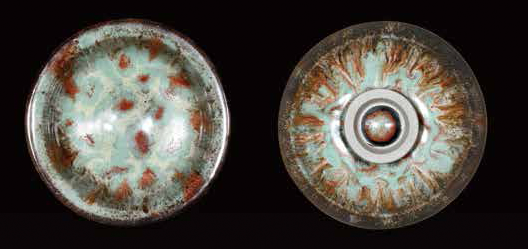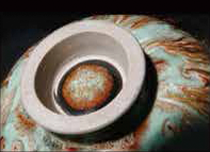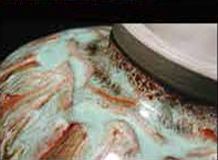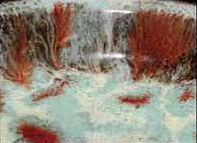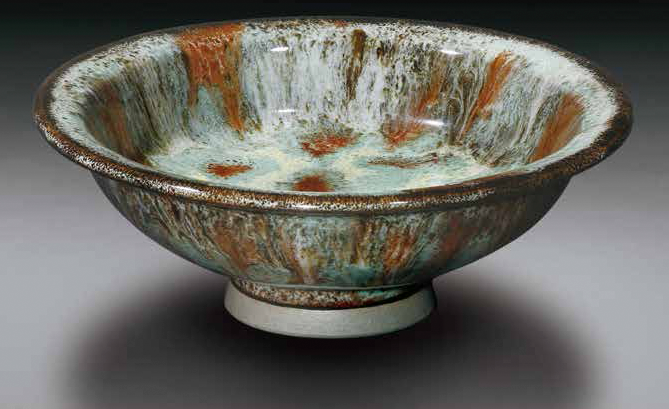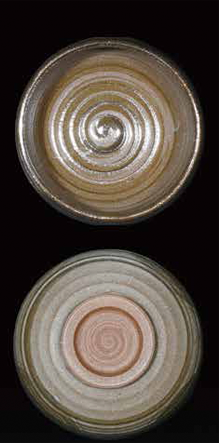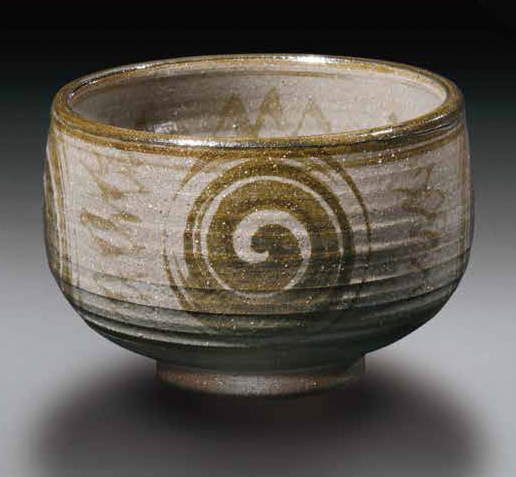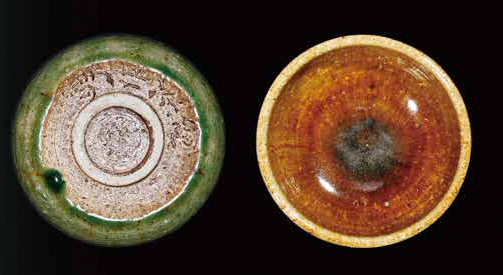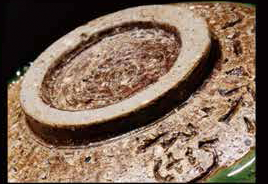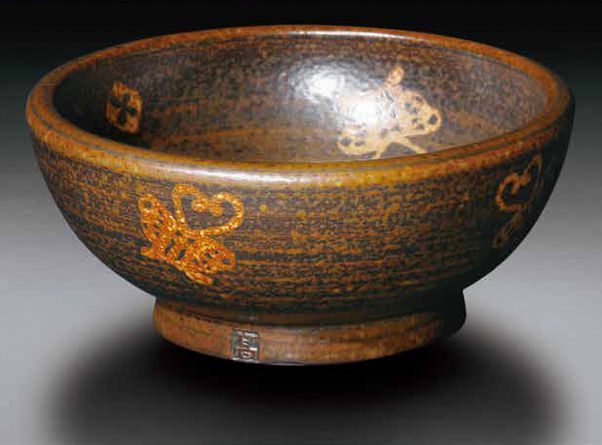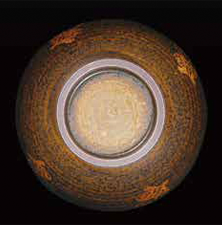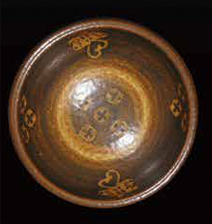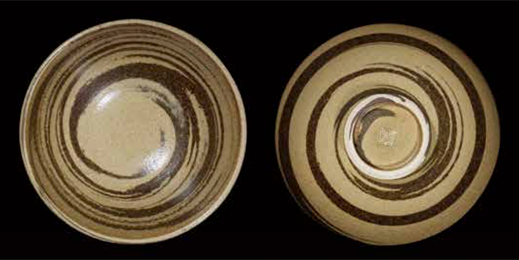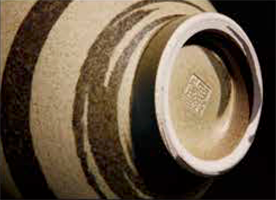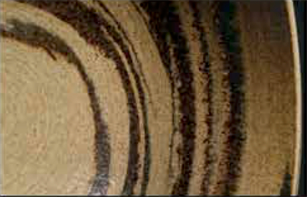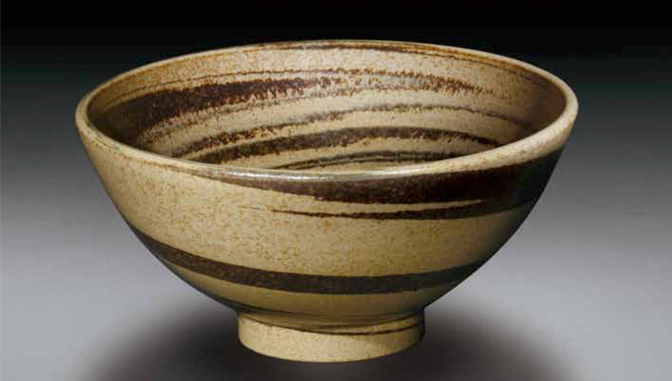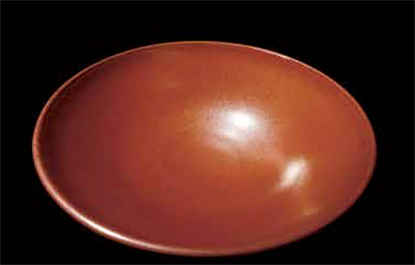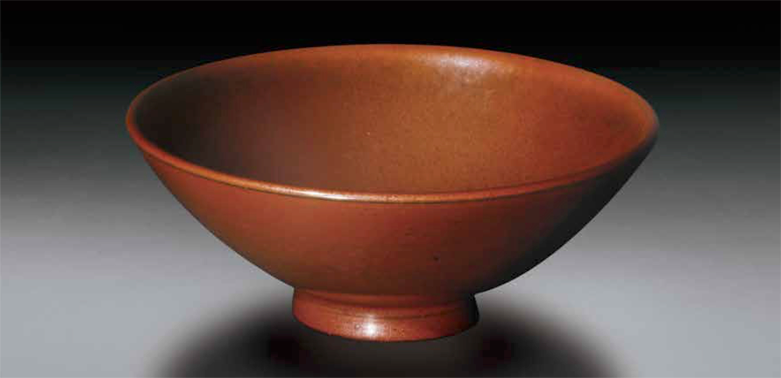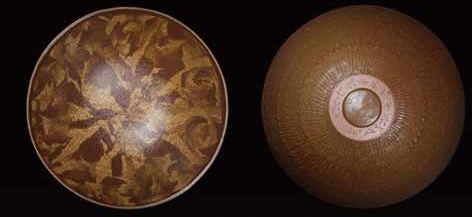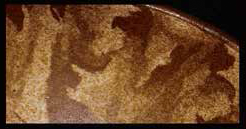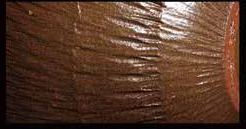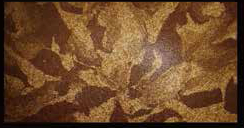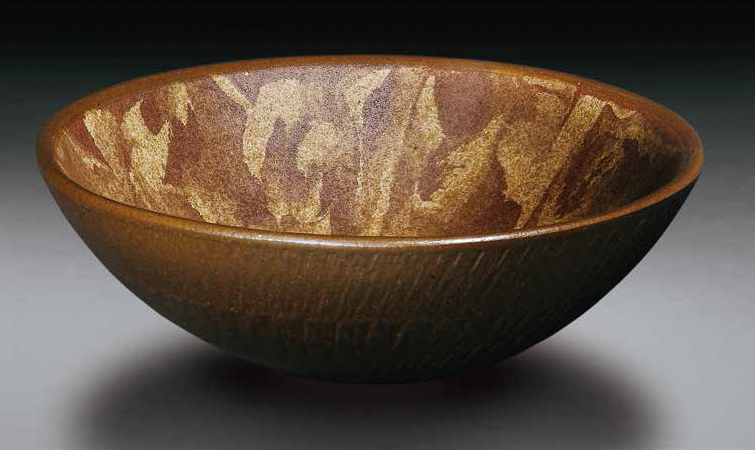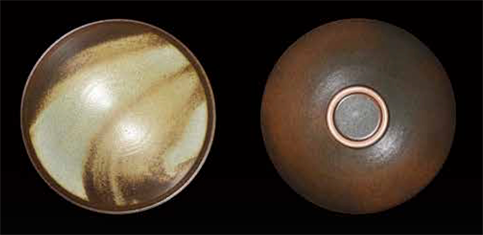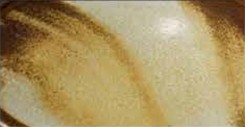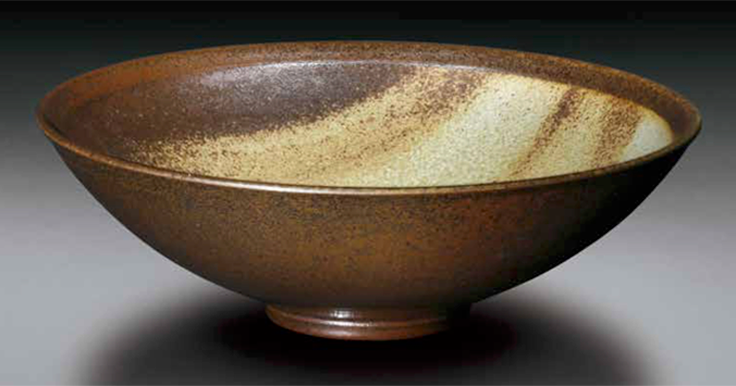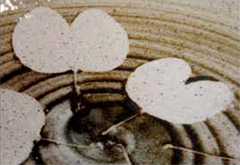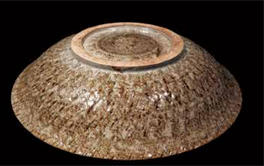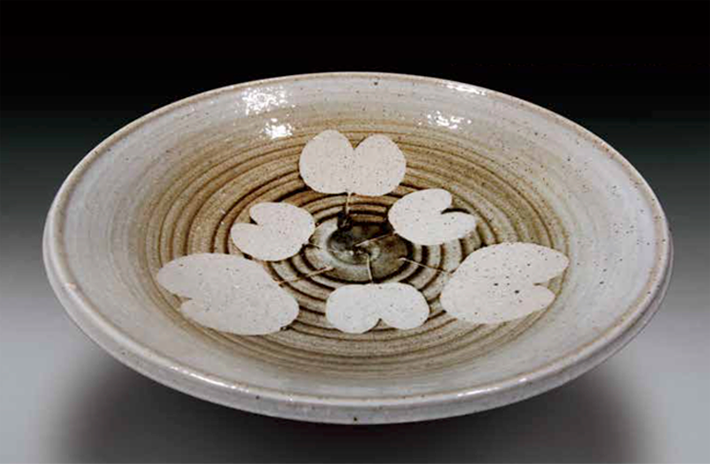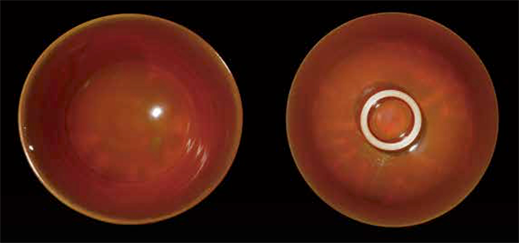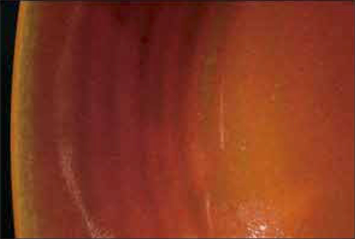

Pottery in China dates back to prehistoric times. Ceramics appeared in the Han Dynasty, flourished during Tang and achieved new heights in the Song Dynasty. Renowned Song kilns such as Ding, Ru, Guan, Ge and Jun, are the epitome of design, skill and techniques of Chinese pottery. The exceptional quality of Chinese ceramics is unprecedented. Porcelain, also commonly known as ‘china’, is a household term worldwide.
The Art of Ceramics - The Works of Mr. Gao Feng
Tang and Song Dynasty are two pinnacles in the development of Chinese ceramics. Today, Mr. Gao Feng who modestly refers to himself as a potter, is a master of his craft. His work is the embodiment of the two dynasties which incorporates the essence of Chinese tradition, culture and spirit.
With the guidance and apprenticeship of his father, Gao Feng explored the essence and root of Chinese aesthetics. Apart from mastering traditional techniques, his creations transcends the past, present and future. His pieces are elegant, subtle, contemplative, graceful, lustrous, and epitomises simplicity in pattern, form and colours, echoing past masterpieces and manifest an aura of Zen.
All creations stems from the heart. In this hectic world, Gao Feng is able to maintain a sense of purity, serenity and restraint in his work. In his hands, clay turn into works of art imbued with the beauty of nature. It is a contemplation of the heart, beauty for all to behold.
In 2006, Chi Lin Nunnery held an exhibition of his works in Nan Lian Garden’s Xiang Hai Xuan Multi-purpose Hall and was well received by the public. This is an excerpt of his works from the exhibition.
